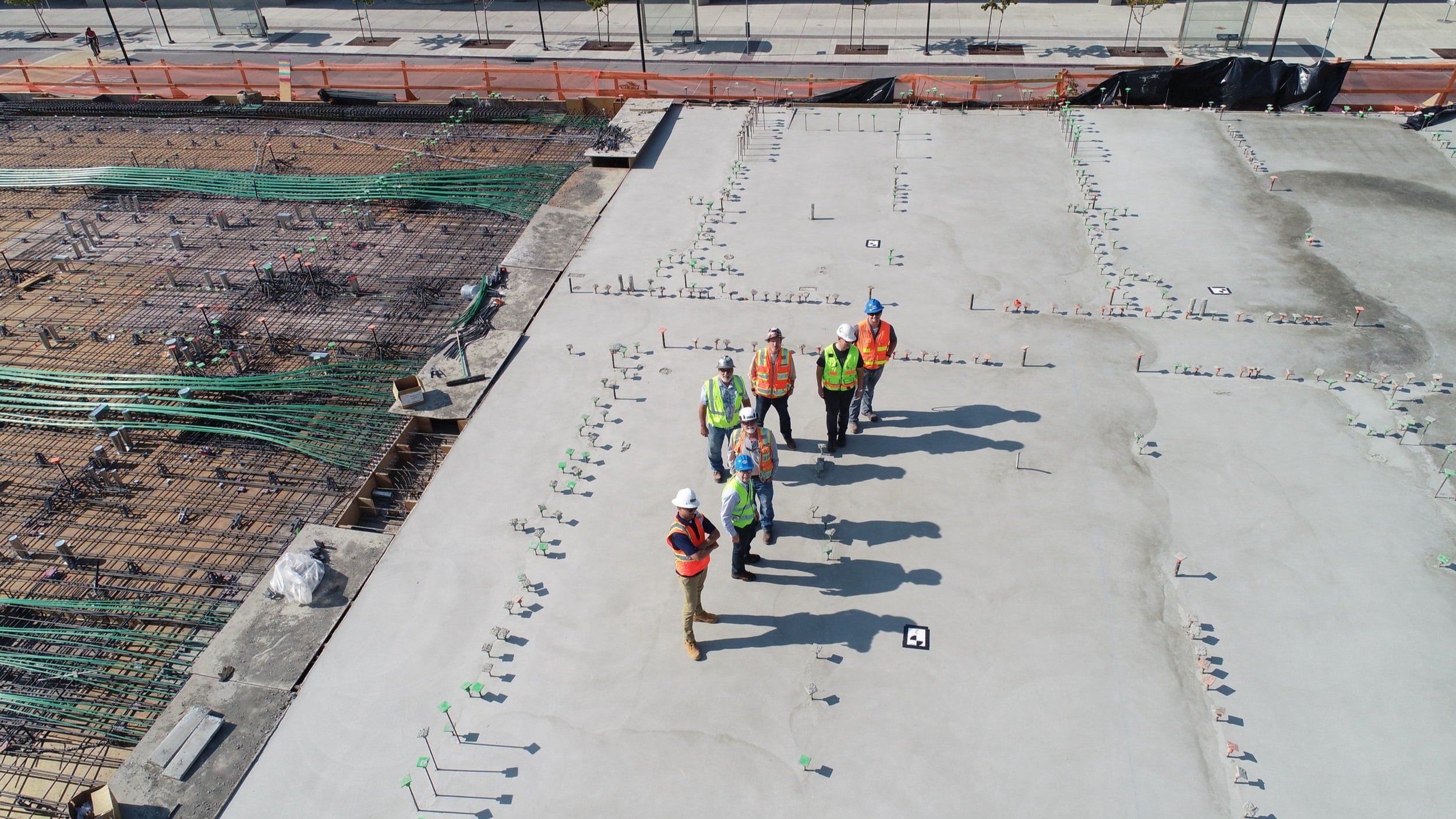Storing the Humber’s low carbon hydrogen
The proposed Aldbrough Hydrogen Storage facility could be in operation by the early 2030’s, with an initial expected capacity up to 420 million cubic metres capacity across up to nine storage caverns.
The decarbonisation of flexible power generation is vital to achieving net-zero by 2050. That’s why Equinor and SSE Thermal are developing hydrogen projects like this one at Aldbrough.
Key Focuses
Scale
The existing Aldbrough Gas Storage facility, which was commissioned in 2011, consists of nine underground salt caverns. Upgrading the site to store hydrogen would involve creating new caverns to store the low-carbon fuel.
Social
Aldbrough Hydrogen Storage will help to store low carbon fuel which can contribute to decarbonising carbon-intensive sectors while safeguarding existing jobs and driving inward investment in the region.
Economic
As the most carbon-intensive industrial region in the country, and with a unique geology ideal for hydrogen and carbon storage, the Humber can deliver cost-effective decarbonisation by realising economies of scale in the region.
Timeline
With appropriate policy mechanisms in place, Aldbrough Hydrogen Storage could be in operation by the early 2030’s.

Introducing Aldbrough Hydrogen Storage
The use of low carbon hydrogen has been identified as one of the key technologies to decarbonise the carbon-intensive Humber region, including fuel switching traditional industries, powering energy generation, blending into the gas grid and diversifying transport fuels.
Potential of Aldbrough
Hydrogen is often produced at a constant rate, whilst demand for it (as with many forms of energy) fluctuates depending on seasonal factors and time of day. To address this imbalance between supply and demand, it is essential to have storage facilities built into the wider infrastructure chain. Aldbrough is the ideal location for such storage, with unique geology providing salt caverns which have been used for storing natural gas for many years.
Decarbonise today, for tomorrow
The Aldbrough Hydrogen Storage project plans to store low-carbon hydrogen at a new hydrogen storage site adjacent to the existing Aldbrough Gas Storage facility in East Yorkshire. This could be in operation by the early 2030’s, with an initial expected capacity up to 420 million cubic metres capacity across up to nine storage caverns. Aldbrough Hydrogen Storage would be a critical asset to helping the UK meet its low carbon hydrogen ambitions.
Connecting to the East Coast Cluster
Sites within the Humber region will be able to take advantage of the shared infrastructure being developed by the East Coast Cluster to transport hydrogen between sites across the Humber, as well as capturing CO2 and storing it safely offshore. This offers future opportunities for hydrogen produced at multiple sites across the Humber to store this at Aldbrough, as well as for multiple potential off-takers to withdraw and use the stored hydrogen.
The East Coast Cluster Partners
The East Coast Cluster is a collaboration between Zero Carbon Humber, Net Zero Teesside and the Northern Endurance Partnership. Both Equinor and SSE Thermal play an active role in the Zero Carbon Humber partnership which aspires to create the world’s first net-zero region by 2040.
Explore our projects
Together, SSE Thermal and Equinor are developing four low-carbon projects, all focused on providing vital flexibility to the energy system. In addition to Aldbrough Hydrogen Storage, we are also collaborating on:
We call it Aldbrough Hydrogen Storage, potentially one of the world’s largest hydrogen storage facilities.
Find out more about hydrogen technology.













